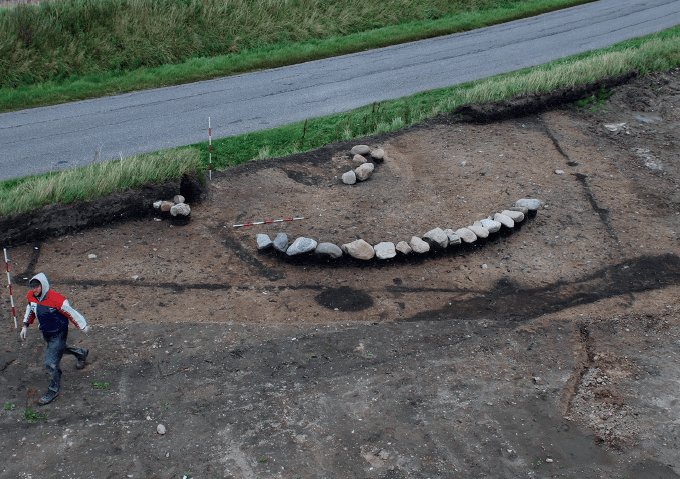Bjarne Henning Nielsen, an archaeologist based in northern Jutland, believes that he may have found the tomb of the famous Viking chief Ulv Galiciefarer, the great-grandfather of Valdemar the Great, who was king of Denmark from 1157-1182.
“It’s just a theory, an idea, but somebody has to say it first,” Nielsen told Videnskab.
Galiciefarer, who became famous raiding, looting and pillaging in Galicia in northern Spain in the early 11th century, has been referred to in written literature as an “earl of Denmark”. That citation leads Nielsen to believe the tomb he has been exploring since 2009 could be that of the ‘Wolf’.
A royal funeral
An earl was an important official who, in the king’s absence, controlled a region or even an entire country. Such a person would probably have earned a princely funeral.
Nielsen, who is curator at Vesthimmerlands Museum, has examined the graves of a number of other Danes of noble birth over the years and found similarities in the burial methods that lead him to believe that the tomb he is working on now is one of an important person.
Plenty of clues
The large tomb is surrounded by a dark ‘square’ in the ground – possibly the remains of a building that covered the burial site, which is consistent with other noble tombs from in and around the time period and the area it was found. A sword found with the knight buried in the tomb revealed that he lived and died during the first half of the 1000s.
The area in and around Næsby in Jutland where the tomb is located is thought to have been part of Valdemar the Great’s ancestral heritage that was handed down to him from antiquity.
“It is private property he inherited from his father’s side, and Galiciefarer is part of the lineage,” said Nielsen.
“There is of course not a note in the grave saying ‘Here lies Ulv’, but the time and place fit and the burial is consistent with that of someone the king would want to honour.”
No way to know for sure
Nielsen conceded that his theory may be nothing more than a hopeful guess.
“All we can do today is speculate, but someone wanted to honour the great hero who lies there, whose name we unfortunately may never know,” he said.













